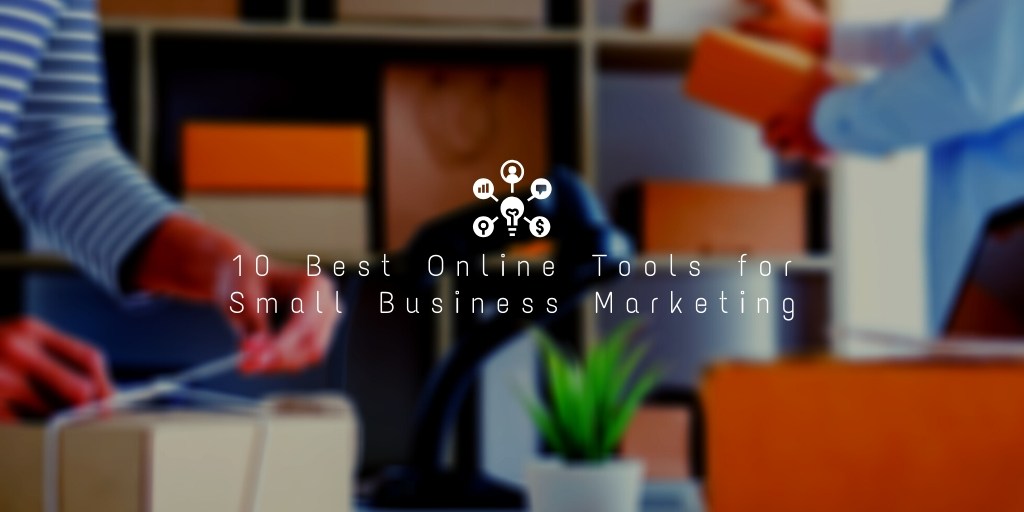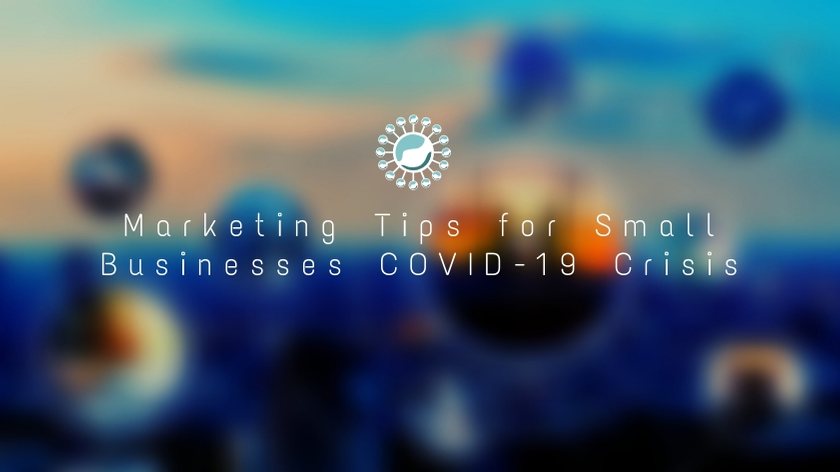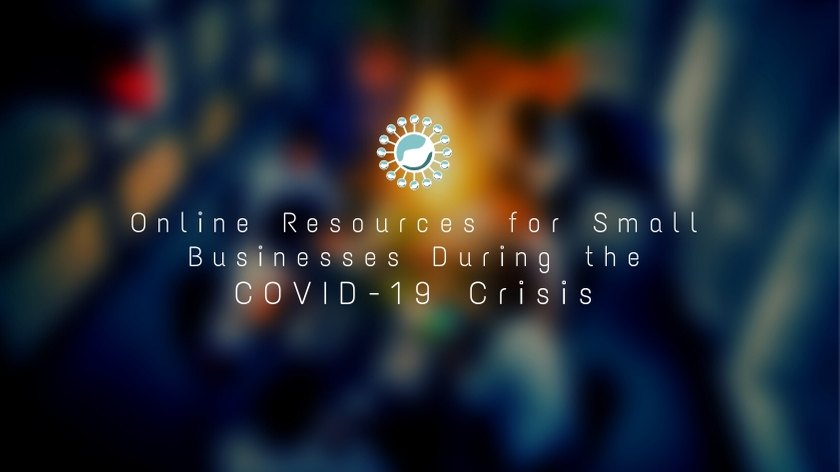
Small businesses often struggle to compete against larger companies in their industries. The right marketing techniques help level the playing field.
Unfortunately, you may not have the budget for a skilled marketing agency. If you want to remain competitive, consider using the following 10 best online tools for small business marketing.
1. Google My Business
Every small business should take the time to verify and update its Google My Business (GMB) listing. Your GMB listing includes basic business details, such as your address, phone number, and website. It is also a powerful tool for helping to drive organic traffic to your website.
When Google detects local intent, Google uses GMB listings in Google Maps search results and search results for regular Google searches.
Managing your GMB account allows you to view and respond to customer reviews. Maintaining your online reputation helps improve your overall SEO score.
2. Google Analytics
Google Analytics is the most used analytics platform for small businesses and entrepreneurs. It has a user-friendly dashboard that displays all your key metrics. You can also integrate your marketing goals to keep better track of your return on investment.
Before launching your next marketing campaign, make sure that you add the Google Analytics tracking code to your website. This allows Google to track metrics on your website, including bounce rates, referral sources, and visitor behavior.
Use the data available on Google Analytics to fine-tune your marketing efforts. If you are not getting the traffic you want, the insight on Google Analytics may help you find the problem.
3. MailChimp
Email marketing remains the most cost-effective type of online marketing, and MailChimp is one of the most affordable options. MailChimp is an email marketing platform with over 12 million customers. You can set up and manage simple or complex email marketing campaigns, helping to bring visitors back to your website.
MailChimp has multiple plans, including a free one for those with less than 2000 email subscribers. When you first start marketing, you are unlikely to surpass 2000 subscribers, which allows you to use the free plan to start marketing your products and services.
4. HubSpot
HubSpot is a comprehensive marketing platform that combines email marketing and advanced customer relationship management (CRM) solutions.
Compared to expensive CRM platforms like SalesForce, HubSpot provides an affordable way to manage client contact info. You can also use it as a replacement for MailChimp when you exceed the requirements of the free plan.
Along with email marketing and CRM tools, HubSpot includes a suite of marketing tools. You can use it to improve the SEO of your blog posts and web pages. It also has tools for creating landing pages, lead magnets, and more.
5. HootSuite
Social media is an important part of most marketing strategies. HootSuite makes it easier to manage your social media posts.
With HootSuite, you can schedule social media posts on popular platforms like Facebook and Twitter. This eliminates the need to generate a new post daily to maintain your posting schedule.
Scheduling the posts also makes it easier to coordinate with marketing campaigns. For example, you may want to time the release of a post on Facebook with a special offer on your website.
6. BuzzSumo
BuzzSumo helps you understand more about your customers and competition. You can find out what posts people are reading in your industry and what types of content resonate most with your target audience.
Marketers frequently use BuzzSumo to discover trending topics and find subjects for blog posts. By choosing popular topics, your blog posts and marketing content may receive more views.
7. Canva
Adding images or infographics to your blog posts and web pages helps to break up the content, making it easier to scan. Unfortunately, stock images are often costly.
Canva provides a simple solution for generating high-quality graphics and infographics for your website’s marketing material. Canva has a free option to test it out before upgrading to a paid plan.
With the paid plan, you can create teams and gain access to additional images and editing options. Using a drag-and-drop interface, anyone can create beautiful graphics to make more visually appealing content.
8. Local Finder Website SEO AUDIT
Local Finder provides a free SEO tool for identifying issues that may hurt your overall search rankings.
After entering your website URL, Local Finder LLC will crawl your website and find broken links, redirects, duplicate content, and other issues that Google tends to penalize sites for. When the scan is complete, you will have a list of recommended fixes for boosting your SEO score.
Check your website HERE
9. Survey Monkey
Marketing campaigns require user research. You should understand your target audience to better tailor your marketing content to their needs. Surveys provide one of the easiest solutions for gaining more insight directly from your customers.
Survey Monkey is a platform for creating and analyzing user surveys. You can create simple or complex surveys and embed them on your website or in emails. Along with surveys, Survey Monkey helps you generate user testimonials and reviews.
10. Trello
The last tool on this list is a productivity and collaboration tool. Trello works on any device, allowing employees to easily share ideas and collaborate. You can link to any online documents from the Trello dashboard, create to-do lists, and manage complex projects.
Projects and lists are organized into boards. With one glance, you can get a complete overview of pending tasks for different projects. Project managers can quickly delegate tasks, request progress updates, and view submitted work.
Trello has a free plan and a paid business plan. The free plan allows you to create up to 10 team boards and includes simple task automation features. With the paid business plan, you can create unlimited boards and add unlimited users.
These are just 10 of the most used tools for small business marketing. If these tools do not meet your specific small business needs, dozens of others are at your disposal.




